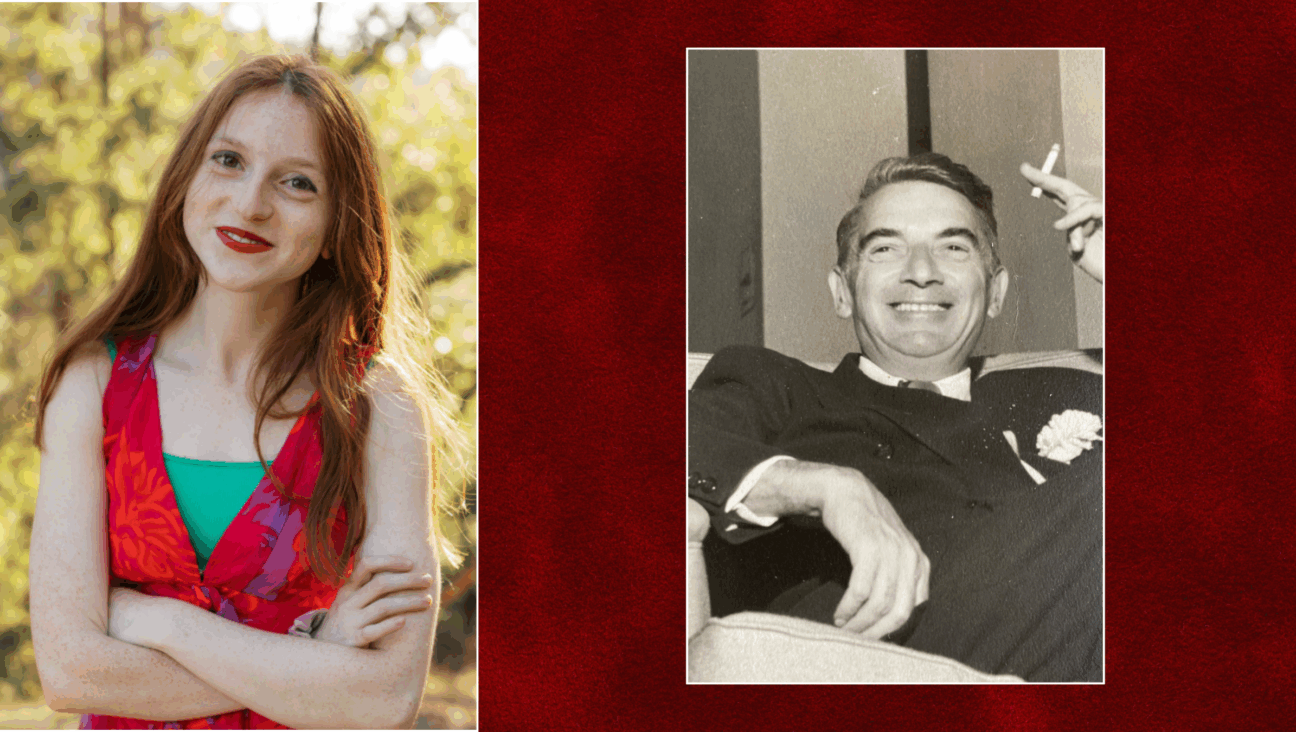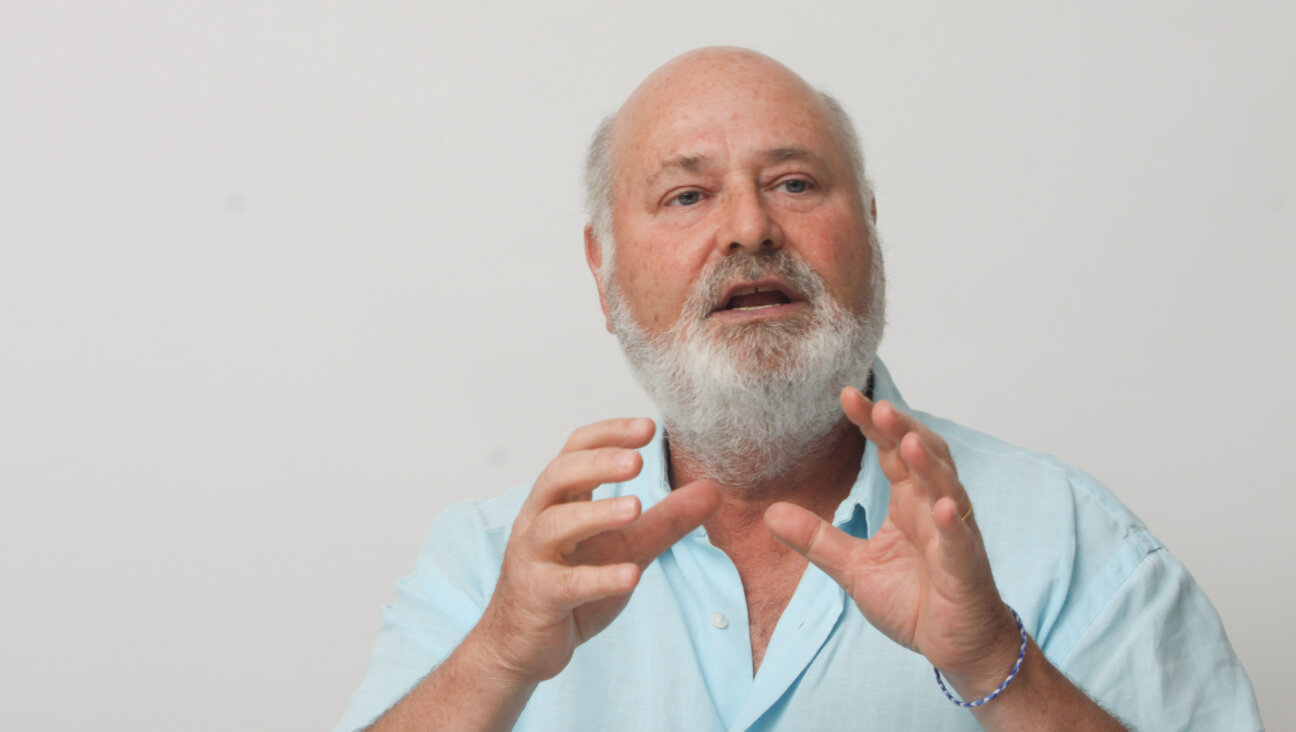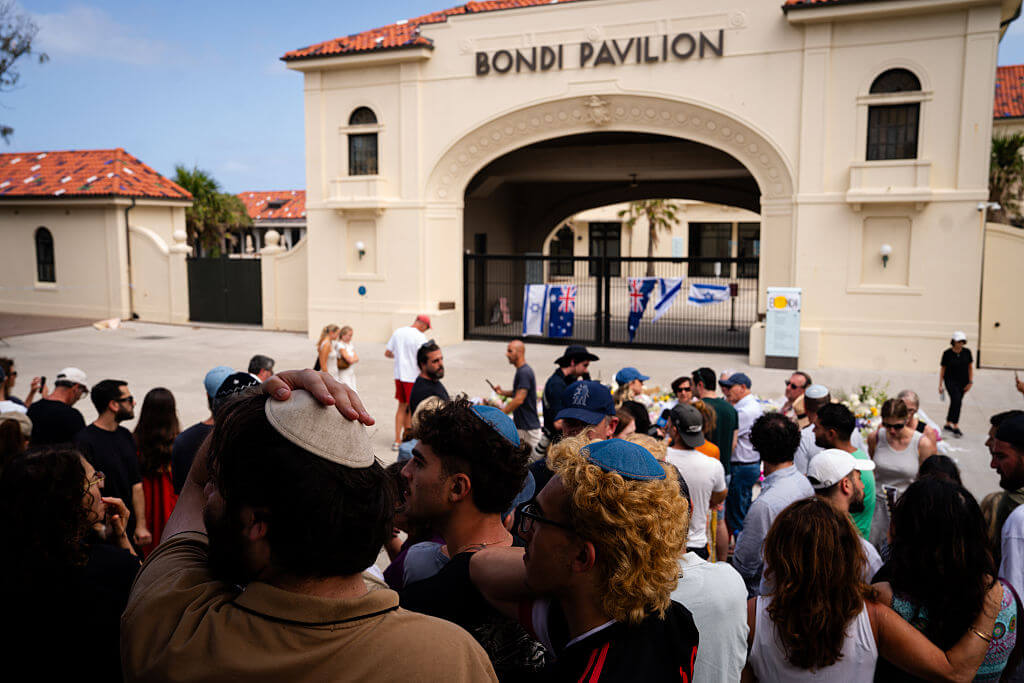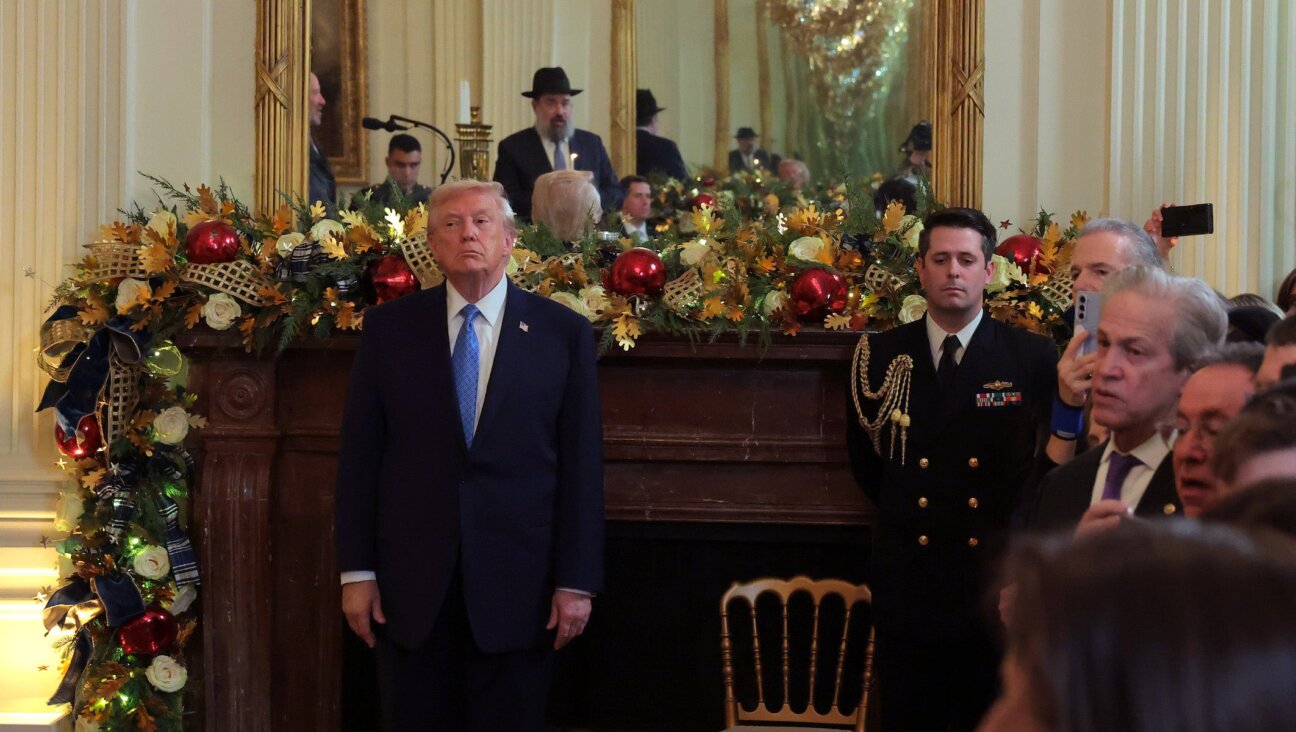Did crypto-Jews invent the modern tarot deck?
A new theory argues that persecuted Jews in medieval Europe concealed Judaica in tarot cards
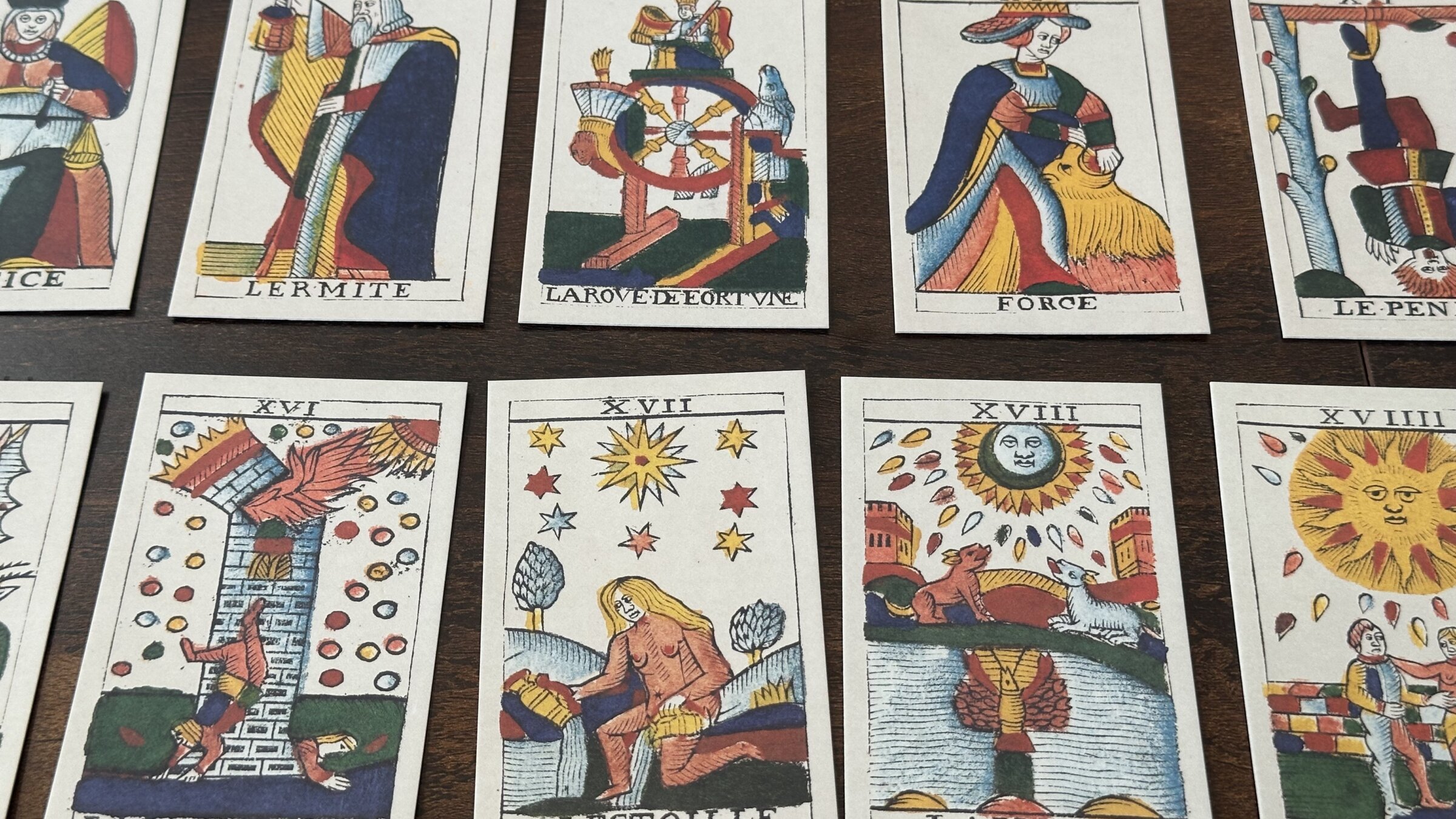
The recently reissued Jean Noblet tarot deck, which Stav Appel argues was created as a crypto-Jewish educational tool. Photo by Nora Berman
Imagine you were a Jewish converso, secretly living in Italy or France after King Ferdinand and Queen Isabella had expelled your family from Spain. You could not affix a mezuzah to your door or light Shabbat candles. If you were caught avoiding treyf, or if you were a male converso and someone discovered you were circumcised, your life and that of your family were in immediate danger. In these circumstances, how could a secret Jew living in antisemitic medieval Europe learn about Judaism?
Enter tarot — the deck of playing cards used in fortune-telling and divination — and specifically, the Jean Noblet Tarot de Marseille deck. Each tarot card represents a specific archetype that the “reader” of the deck uses to try and understand their future, or answer a specific question.
According to Stav Appel, an amateur tarot historian and author of The Torah in the Tarot — a new guidebook and reissued deck of the Jean Noblet Tarot, the contemporary tarot deck may have been a medieval Jewish invention to preserve Jewish knowledge in the face of overwhelming antisemitic oppression. Each card is replete with hidden Jewish knowledge, Appel says, and the deck as a whole functioned as a crypto-Jewish educational tool.
The deck, Appel writes, can be “understood as a parade of crypto-Jews, each card bearing a false name and a false face to mask its true identity from a hostile world.”
An accidental tarot historian
Appel is not a historian by training. He lives in upstate New York, has an MBA from Yale and has spent his professional life as an organizational design consultant and data analyst. Some of his formative years were spent in Israel, where he studied at the Hebrew University of Jerusalem, but he is not a rabbi or any sort of formal Torah educator. Rather, Appel is the sort of humble, mundane Torah scholar that is increasingly rare in 21st-century Jewish life.
Orthodox synagogues are full of scholars more learned in Torah than he is, he said, but “when you study a little bit of Torah every day for 40 years, it accumulates.”

According to Appel, tarot “had no presence in his life whatsoever” until about 10 years ago, when his wife visited a bookstore that was closing and had a shelf full of tarot cards at bargain prices. On a whim, she bought a deck — a version of the Tarot de Marseille — and suggested to a bemused Appel that he use them to make up stories for their children.
When Appel and his kids started playing with the cards, he instantly noticed that they were filled with Bible stories: On one card, four divine animals that the prophet Ezekiel sees in his vision; on another, a collapsing grand building that looked like a depiction of the destruction of the Second Temple.
“The Judaic references were obvious,” he said, but he thought they were merely references to the Old Testament, and not indicative of a Jewish backstory to tarot. Nevertheless intrigued, he joined a Facebook group about tarot and began to research on his own. He wanted to know “who put all these Bible stories in a deck of playing cards?”
The Rider-Waite tarot deck (also known as the Rider-Waite-Smith deck) was released in 1909 and is one of the most popular tarot decks ever created, with thousands of variations. Though the Rider-Waite contains a hodge-podge of esoteric traditions, numerous cards bear Hebrew letters.
Appel learned that the Rider-Waite had been copied from a much, much older deck called the Tarot de Marseille, which dates back to at least the late 15th century. The older the version of the Tarot de Marseille deck Appel saw, the clearer the biblical references were. When he tracked down a replica of a 1650 deck, he recalled thinking, “Oh my God.”
“These aren’t Bible stories at all,” he thought. “These are Torah stories. This is Judaica.’”
The discovery
One card in the Jean Noblet deck was particularly stunning: The Magician.

In Rider-Waite and other tarot decks, the Magician is typically depicted holding aloft what looks like a wand. In the Noblet deck, however, it’s slightly different.
“What do you think he’s holding in his hand?” Appel asked me.
I leaned in to look, and realized it was obvious: “A circumcised penis” — the symbol of Abraham’s eternal covenant with God.
In his written guide for the reissued deck, Appel points out that on the table before the Magician is a complete antique circumcision kit, including a knife and its sheath for cutting the foreskin, and a shield to protect the penis.
Once your eyes are trained to see the Judaica, Appel’s right; it can be obvious. The top of the hat the Magician wears, for example, is the tip of a circumcised penis emerging from its cut foreskin. The helmet of the Emperor in another card is a disguised dreidel tipped onto its side. On the Chariot card, the Chariot itself resembles a bimah, and its wheels are Torah scrolls.
Often, though, finding the hidden Judaica can require a considerable level of Torah knowledge, a sophisticated eye for symbology and a dash of imagination. For example, each card has a secret Hebrew letter within it. In the Magician, the Hebrew letter aleph (א) is hidden in the figure’s curved arms.
How did this remain hidden?
There had been speculation for years about the Jewish influence on tarot, particularly given that there are 22 Major Arcana cards (a tarot deck is divided into 22 named Major Arcana cards and 56 numbered Minor Arcana cards), and there are 22 letters in the Hebrew aleph bet. Yet over the centuries, Jewish mysticism had been widely distorted by Christian occultists. Tarot historians believed that any traces of Hebrew or biblical influence left on the tarot cards were evidence of this appropriation, and not of any inherent Jewish origins.
As Appel studied the Noblet deck and found more and more hidden Judaica, he reached out to tarot historians who told him he was speaking “utter nonsense.”
“Their emotional response was quite fascinating,” Appel reflected. “It’s a real challenge to these very accomplished tarot historians who have built a very different narrative that does not make space for Jews and Judaism.”
Jewish historians were more receptive, but dubious. If the tarot deck was a hidden educational tool of Torah study, why hadn’t this been discovered already by a rabbi or someone with, say, a Ph.D.?
Appel decided to self-publish a deck, and started an Instagram account, where he posted images of the cards and shared his theories on their Judaic origins. Many people began pointing out additional hidden Jewish objects and symbols that he had missed. “People really pushed me, and collectively, we went much deeper into the cards,” he said.
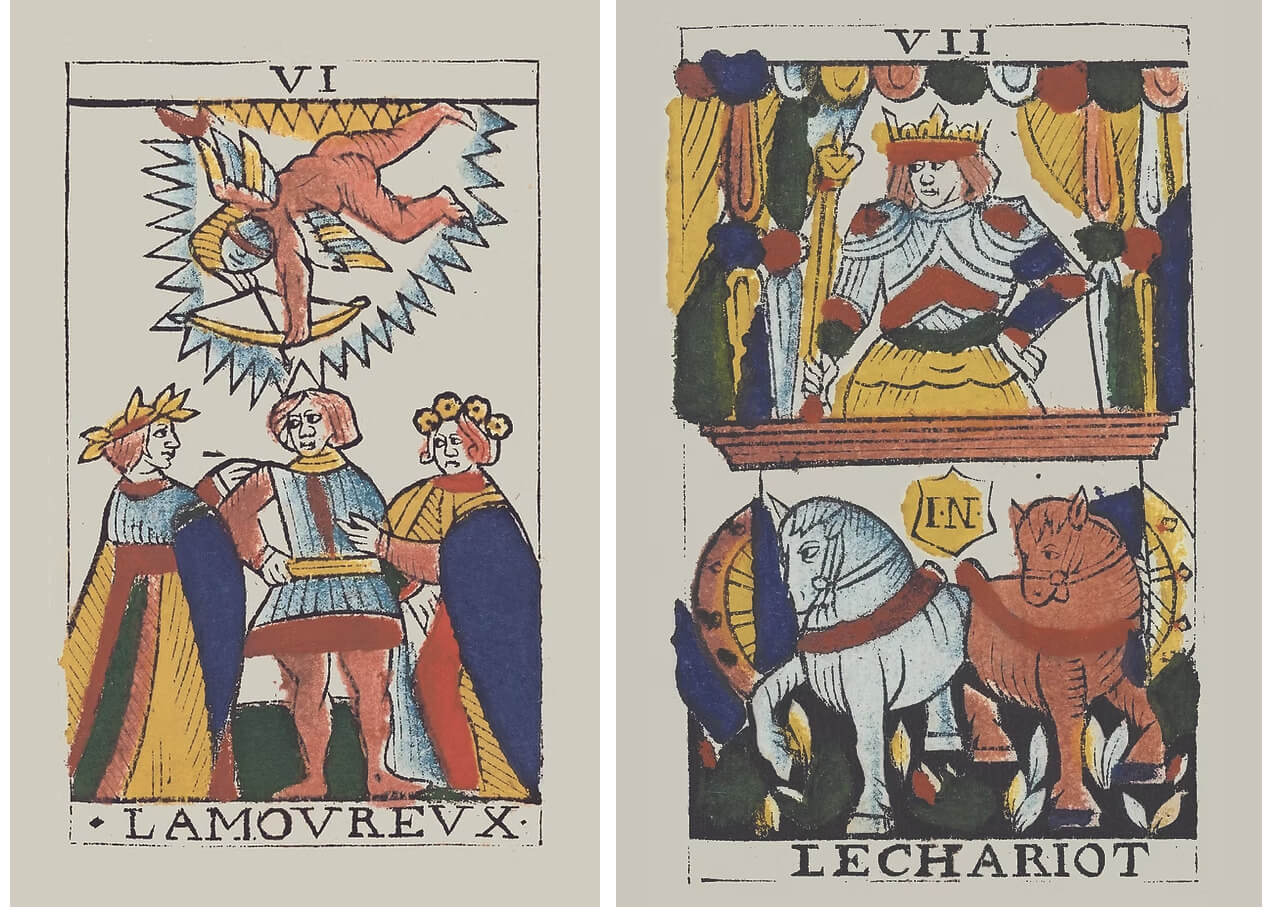
Crypto-teaching aid
With each new Judaic subtlety revealed, Appel and his online community marveled at the sophistication of the Judaic knowledge they contained, and the skillfulness with which it was hidden. “It’s a masterpiece of art and a major accomplishment of cryptography,” he said, describing the cards as an “incredibly efficient system” to teach about Jewish practice — the Jean Noblet deck contains a full curriculum of Judaic studies.
Appel emphasizes that he is not a formal historian and cannot be 100% certain of his hypotheses. Perhaps the cards were just Jewish fortune-telling cards, or an example of Jewish mystical art. But the density of Judaic content seemed to support his contention that the cards were used as a tool for Jewish education. “The only reason someone would be motivated to conceal so much information is they wanted it to be a memory device for a teacher,” Appel said. “It’s like a really fancy teaching aid.”
Appel has lectured at synagogues and community centers and given a presentation at the Society for Crypto-Judaic Studies, where he says he was received warmly. One of the attendees, Corinne Brown, the chair of the conference, told me in an email that Appel’s arguments were “iron clad.” She compared his discovery to that of finding King Tut’s tomb, where “an entire culture had been assembled for an unknown afterlife.”
Academics at the conference told him there had been studies where crypto-Jews had reported the tradition of gathering over playing cards as a cover story to learn Torah. In a note included with the deck’s reissue, the society wrote that while they are not tarot historians, “we can confirm the development of clandestine means of Jewish continuity was a common practice in crypto-Jewish communities following the exile of Spanish Jewry in 1492.”
The origins of the word tarot potentially lend Appel’s ideas some credibility. The word tarot comes from an Italian dialect word tarocci, which means “the fool,” and was first documented in 1516 in Ferrara, Italy. It supplanted, somehow, the name trionfi (meaning “cards”), which was first used to describe 13th- and 14th-century Italian playing cards that had allegorical images.
Tarot historians do not have any answers as to how the word tarocci replaced trionfi, and why it happened specifically in the early 1500s and in cities like Ferrara and Avignon, France. Appel thinks the etymological shift was due to a wave of conversos fleeing Spain who began using the cards as a secret Jewish tool, as both Ferrara and Avignon were home to many crypto-Jews. There is currently no evidence to support this theory, but it is a compelling possible explanation.
What now?
Appel’s hope in reissuing the deck is that it will provoke more serious scholarship and research. He has also come to a new appreciation of tarot and the Jewish magical and esoteric rituals that went underground in the face of violent Christian persecution.
Given that divination is explicitly outlawed in the Torah, I was curious if Appel had received any rabbinic pushback to his claims that Jews may have invented the preeminent tool of fortune telling in an effort to preserve Jewish continuity. There was some, he acknowledged, but it was ironic given the rich history of Jewish mysticism, magic and esoteric practice. Jews were seen by their Christian neighbors as a source of magic in the Middle Ages, Appel told me, with “a robust culture of spell casting.”
“In the 20th century, we’ve done a really good job of cleaning up Judaism to make it look really neat and tidy, as if it was always this hyper-rationalist religion,” Appel said. “That’s a contemporary invention, and it’s just not the truth.”

